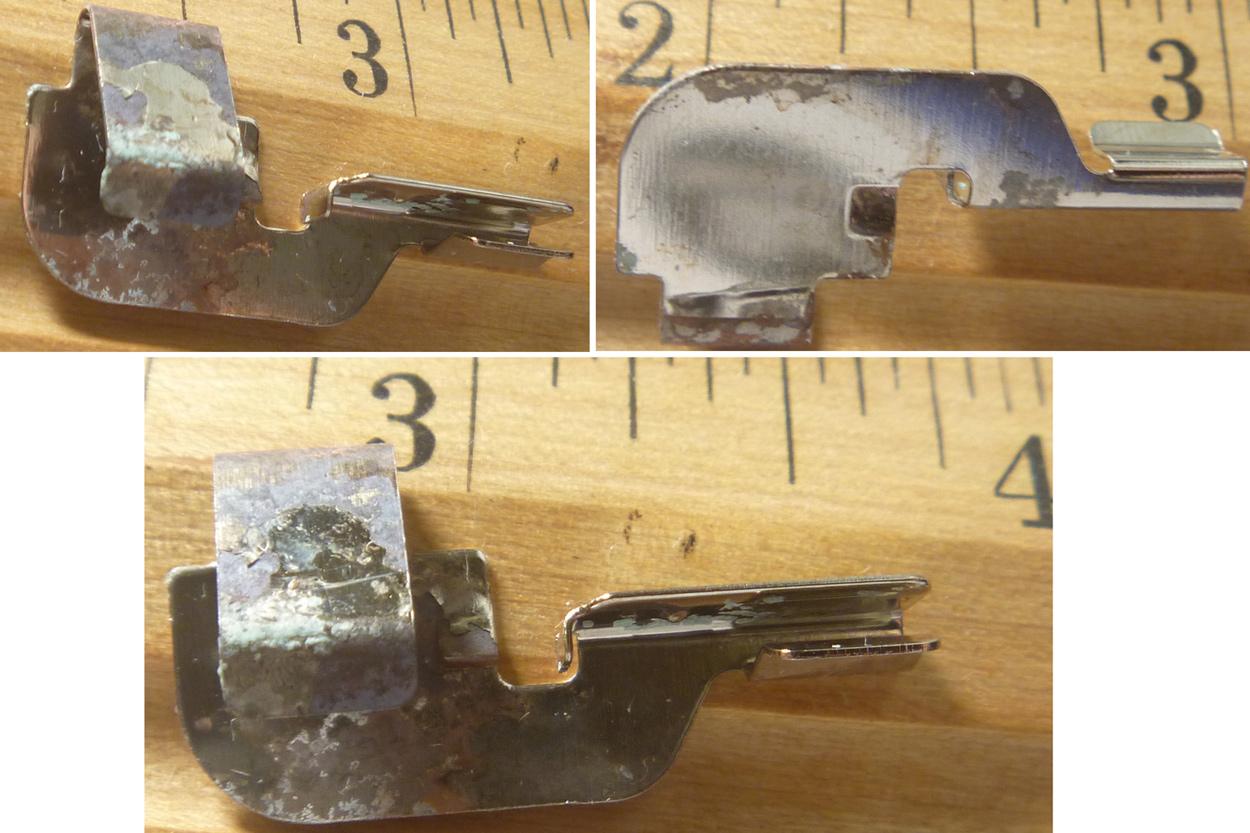I'd assume that since it's from a thermostat, it's likely a custom made part - most of the common traditional thermostat companies like have been around for a while tend to mostly reuse their existing custom designs instead of using standardised components
Since it's peeling this could be difficult to salvage too... usually I use foil to solve connection issues caused by corrosion, or have a poke around on Ebay for a secondhand one if it's really bad
You could also consider re-shaping a (conductive) paperclip to contact the aa battery in a similar way.

